Jeff Gossett, 39, an illustrator from Madera County, wasn’t surprised to learn that many residents of California’s Central Valley have a hard time accessing mental-health services.
Until 2019, Gossett lived in his native Los Angeles, the state’s most populous county. He was unemployed and relied on Medicare-Cal and other public programs for mental health services. “I found that in Los Angeles, there were far more resources in terms of public programs that would accept Medicare-Cal,” he said. “Some therapists here would accept me, but they were very few and far between.”
He’s right: The Central Valley has less access to critical resources than the rest of California, according to data recently released by the California Healthcare Foundation. According to the foundation’s 2024 Central Valley Health Policy Study (PDF), 56% of the 1.8 million residents of the Central Valley counties of Mariposa, Madera, Fresno, Kings, and Tulare believe there are not enough mental health care providers in their community.
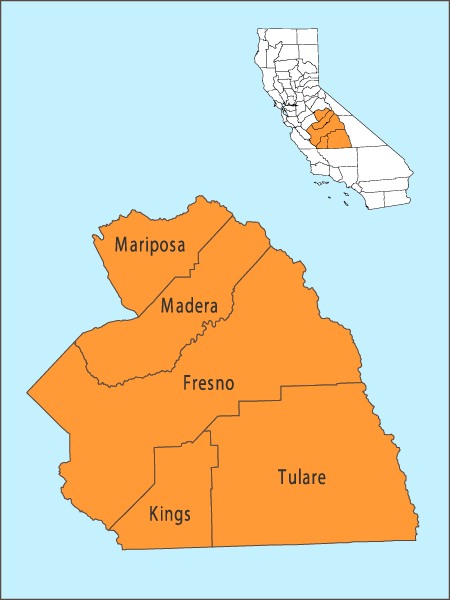
The Central Valley has the highest rates of mental illness and the scarcest mental health resources in the state. These data were some of the findings presented to more than 150 attendees at the Improving Health Care in the Central Valley Symposium in Fresno on May 14. Bringing together community organizers, health advocates, journalists and community organization leaders, the event fostered a regional dialogue to address the survey findings, share residents’ concerns and explore solutions health care leaders are piloting.
“The Central Valley is such a vibrant and amazing community,” said CHCF Senior Program Officer Diana Camacho, MPH. “We’re excited to be here talking to people about their experiences with health and healthcare, and what they think is really needed to solve some of the biggest challenges we face.”
Camacho moderated the panel, which included Kaweah Health Chief Population Health Officer Ryan Gates, PHARMA; Calviva Health CEO Jeffrey Nkansah, MPA; and Camarena Health Chief Medical Officer Joel Ramirez, MD, MBA.
The panel covered issues such as access to care, affordability and health insurance coverage. The candid discussion provided a high-level look at the obstacles facing healthcare organizations.
- Nearly half (48%) of Central Valley residents have medical debt, compared to 36% of people living in the rest of California.
- More than one in three Central Valley residents (35%) say access to quality, affordable health care has become more difficult in recent years.
- Half of Central Valley residents (50%) said they had to wait longer than usual for a health screening appointment.
- Central Valley residents are less likely to have a family doctor or health care provider than residents in other parts of the state (78% vs. 85%, respectively).
- Nearly one-third (30%) of Central Valley residents report experiencing changes to their insurance coverage in the past year. Of those whose coverage has changed, 33% say costs have increased.
Not getting or delaying medical care because of cost
“We found that approximately 63% of adults living in and around Fresno report missing or postponing medical care in the past year because of cost,” said Kristof Stremikis, MPP, MPH, director of market analysis and insights at CHCF. “We’re talking about people not going to the doctor because they’re worried about the cost. We’re also talking about people not following doctor recommendations for tests, treatments, or follow-up procedures because they’re worried about the cost to themselves and their family. These findings are very sobering.”
The second panel, moderated by Cresencio Rodriguez-Delgado, news director for NPR affiliate KVPR, explored how local organizations are helping patients overcome barriers and close gaps in care. Panelists included Madera County Public Health Director Sara Bosse, MBA, California Farmworkers Foundation Program Director Kimberly Clark, and Genoveva Islas, MPH, founder and executive director of obesity prevention program Cultiva La Salud.
Community members at the event said they were especially concerned about issues of accessibility, equity and affordability. Residents like Gossett know the correlation between affordable health care and the risk of developing serious health problems if symptoms go untreated, a challenge that CHCF’s research documents.
“Delayed treatment means delayed care,” Islas said. “This is the first time I’ve seen a report that specifically points to our experience.”
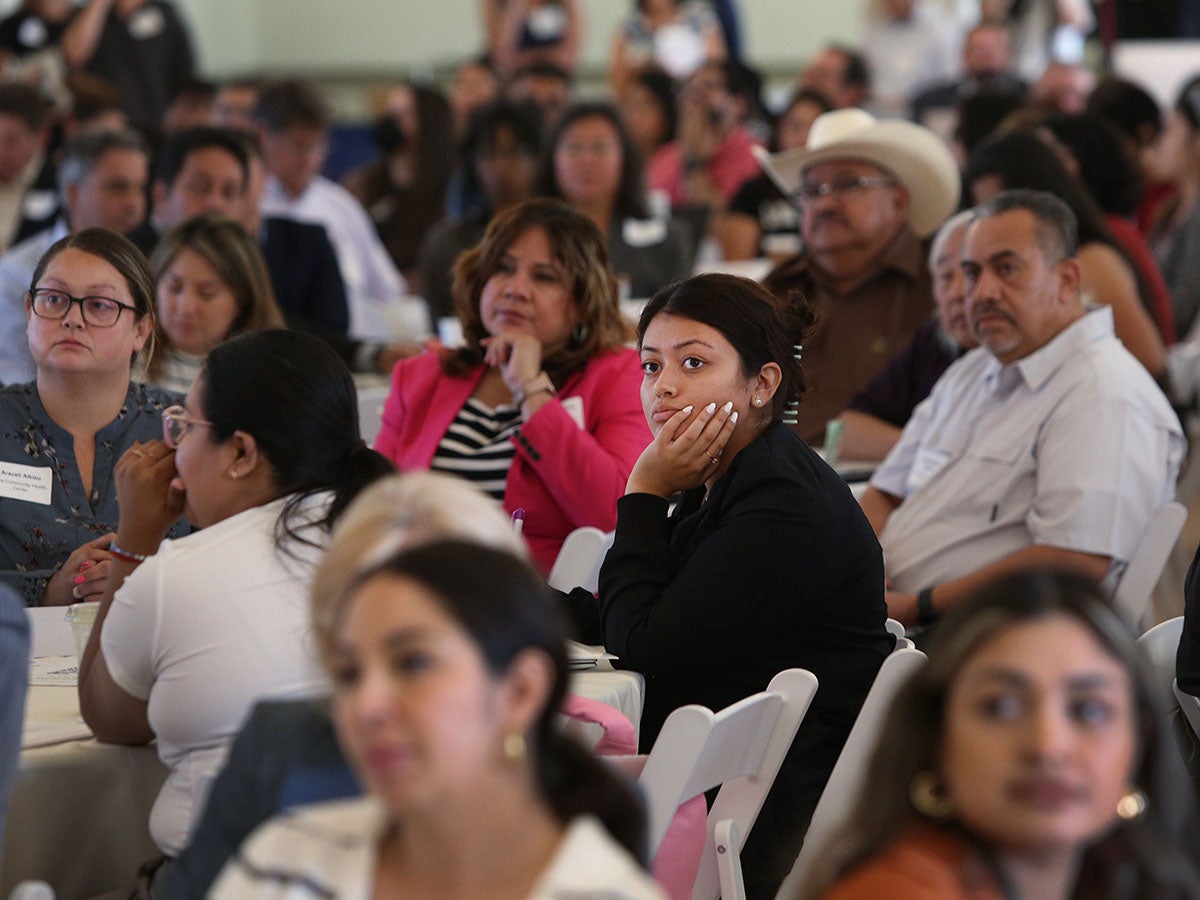
Local newspapers have reported for years about the limited access to medical care, particularly mental health care, for adults and young people in the area.
More than half of Central Valley residents (54%) report having difficulty finding a mental health provider who accepts their insurance. Two in three Valley residents (67%) say they waited longer than usual to make a mental health appointment in the past year. More than half of Central Valley residents believe there are not enough providers in their community, especially mental health providers.
Community Regional Medical Center and Clovis Community Medical Center report that the number of patients being transferred from emergency rooms to their Community Behavioral Health Centers has doubled since 2021 and now stands at 800 per month, according to data from the community medical centers.
Bosse said these issues are largely caused by a lack of resources stemming from inequality.
“I think we’re still figuring out as a society what it means to tolerate disproportionate investment,” she said, “and for us, equity is still a higher priority than fairness.”
Bosse said she has heard many stories from Central Valley residents about the “tough decisions” they have to make when seeking medical care. “Whether they go for a preventive care visit, get a dialysis treatment, or prioritize their limited funds on buying groceries over transportation. These are tough decisions,” she said.
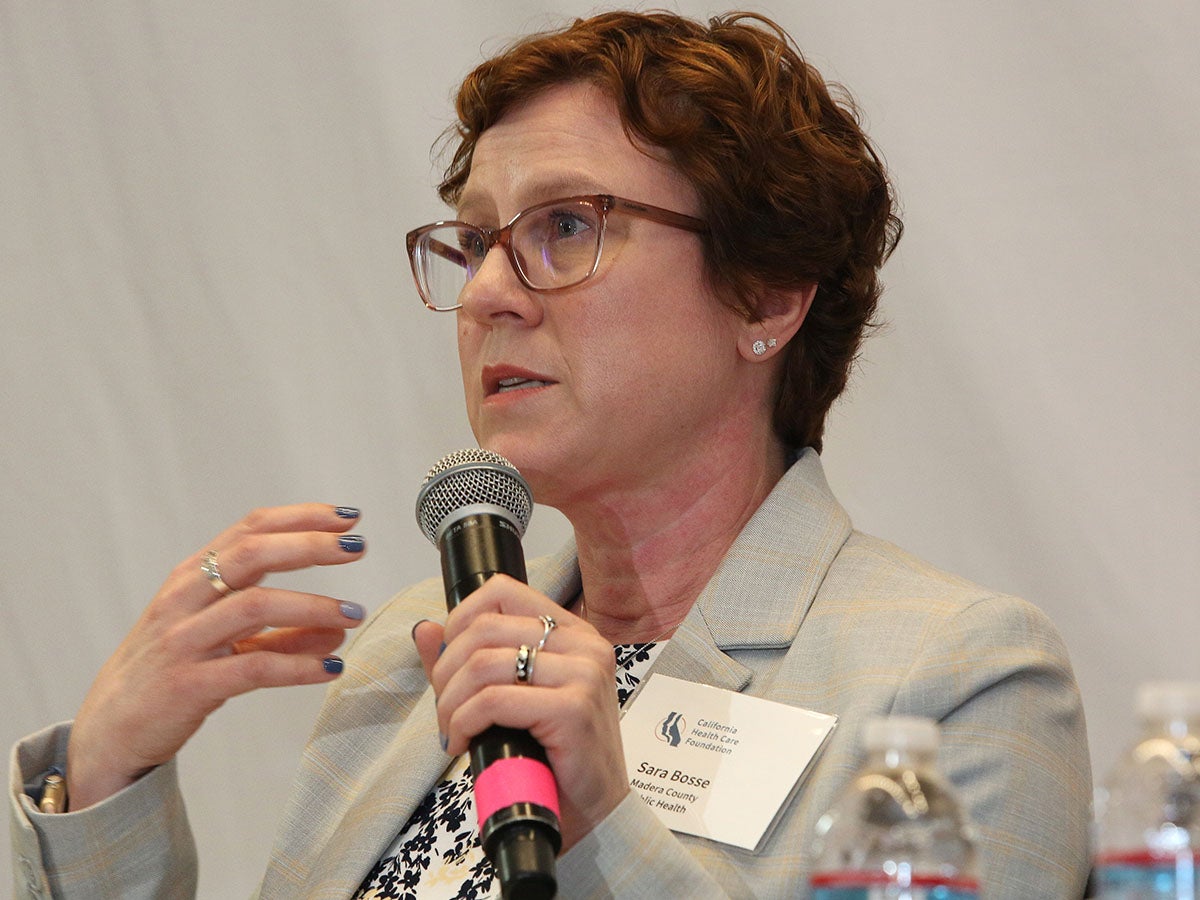
The fight for help
When Gossett was looking for help, access to mental health care was difficult to find.
Even before his diagnosis, Gossett knew he was prone to depression and anxiety. He wanted to join a support group, but the only one he could find was Alcoholics Anonymous. He searched for other types of support groups and medical help, but his search became more and more vicious.
“At one point I got so sick I was like, ‘Oh my gosh, do I need to check in somewhere?'” Gossett said.
He eventually found a therapist, but the level of care wasn’t enough. He and his wife analyzed his symptoms in detail and concluded that his syndrome was similar to attention-deficit hyperactivity disorder. The therapist agreed, but to get an official diagnosis and a prescription, Gossett needed to see a psychiatrist.
“At the time, the process of finding a therapist and getting medicated for ADHD was a nightmare,” Gossett says, “and even worse, finding a psychiatrist.”
He eventually found a psychiatrist who prescribed prescription medication to manage his ADHD, something not many Central Valley residents experience.
Community Bridging the Gap
Data shows that underserved communities, including people of color and low-income communities, face greater inequality in access to resources.
Mariposa, Madera, Fresno, Kings and Tulare counties are part of a geographically, ethnically and economically diverse major agricultural region. 57% of residents are Latino and 45% earn less than 200% of the federal poverty level, compared to 30% of the California population as a whole.
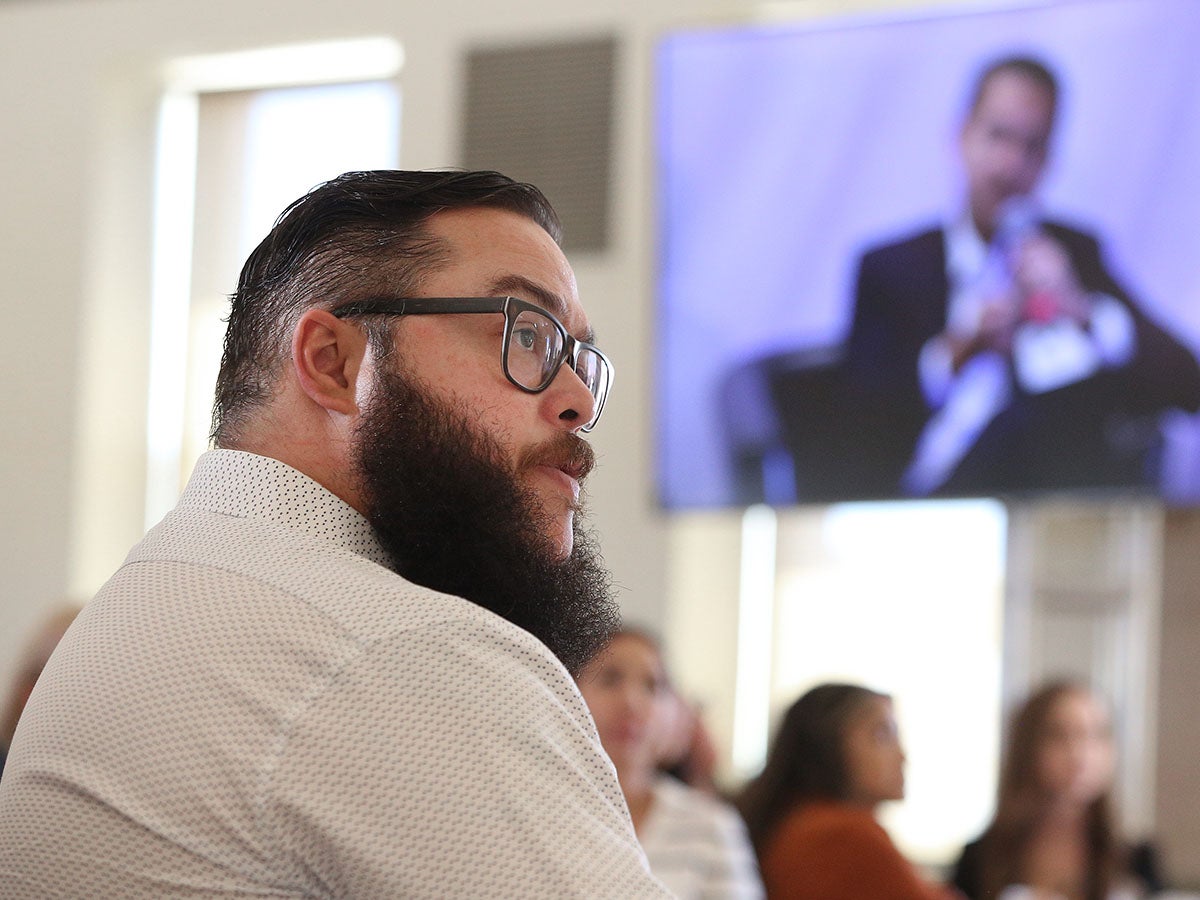
Local community organizations are working to close gaps in access to mental health care.
Islas said community-based organizations such as Cultiva La Salud and Fresno Building Healthy Communities are looking to promote medical and health education services. They rely heavily on local health workers. promoterKaweah Health is hiring health representatives (CHWs/P/Rs) to close the access gap. promoterGates said collaboration between doctors, community health workers and care navigators is needed to ease access for Medicare enrollees, including those who are undocumented.
During the peak of the COVID-19 pandemic, CHWs/Ps/Rs distributed vaccines to marginalized communities and educated them about the benefits of vaccination. CHWs/Ps/Rs help educate the public, understand the needs of their communities, and foster trust between residents and health care providers.
“was [Kaweah] In the local community [making] Home visits, outdoor events, employing people in rural areas promoter“So now they’re listening,” Gates said. [health care information] From neighbors, acquaintances, and trusted people [giving them] “Trust to sign up” will directly translate to increased access, he said.
The Central Valley continues to search for sustainable solutions to its mental health access issues, but it remains challenging, Islas said. The path to a solution requires the development of systems and structures to provide preventive services, including broader access to affordable care, public education about available resources, and sufficient numbers of frontline workers such as CHWs/P/Rs who know where resources are most needed, she said.
“We need to act collectively for the good of our communities,” Islas said.
Gary Kazanjian
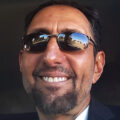
Gary Kazanjian is a Fresno, California-based photojournalist who has worked for the Associated Press for more than 20 years. He The New York Times, Fresno Bee, Los Angeles Times, San Francisco Chronicle, time, people, Sports Illustrated, Working Mother, economistAnd many more. Read more



